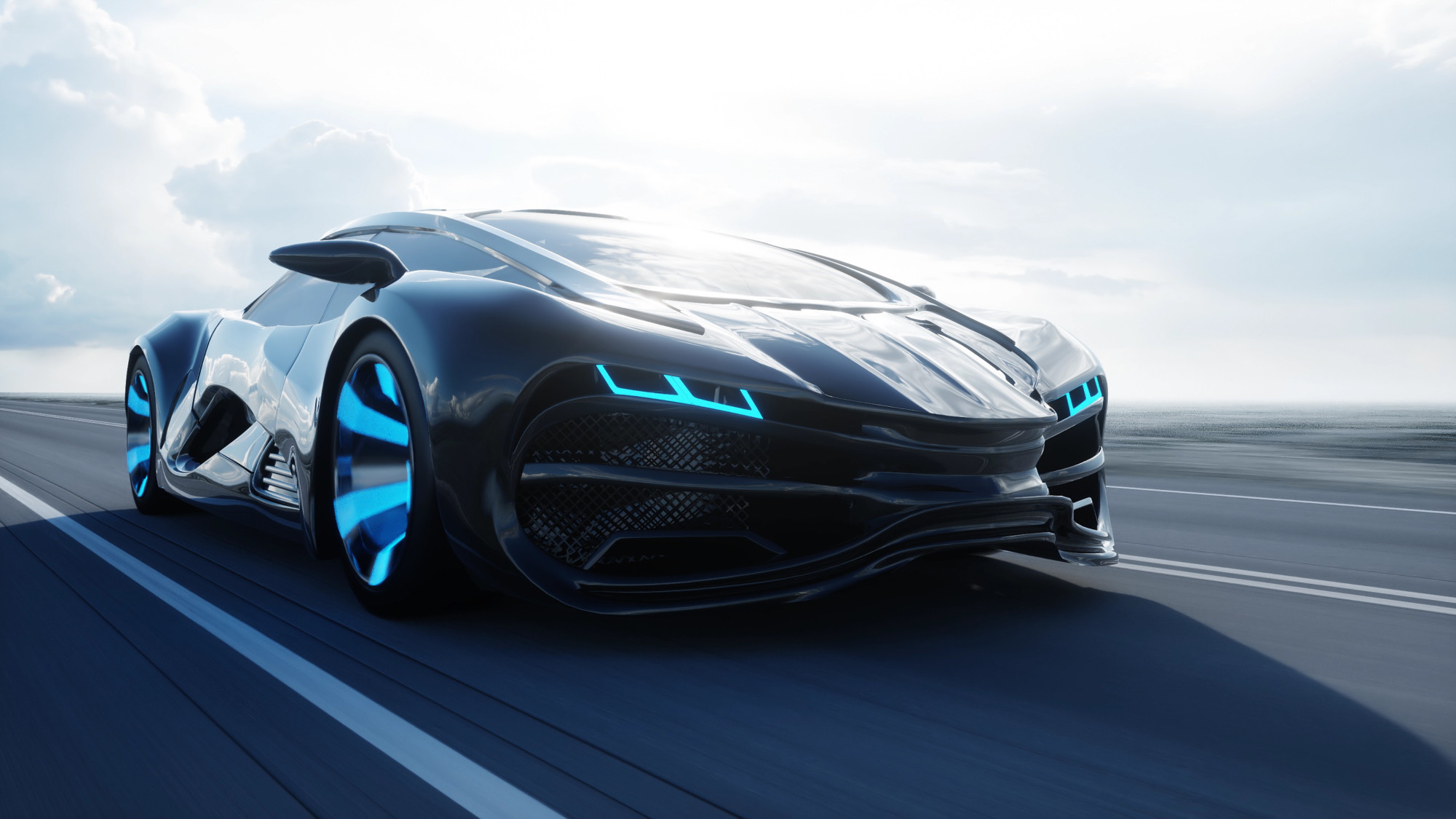In the realm of high technology, one thing that we have been hearing for close to a decade now is that vehicle automation is almost upon us, and due to revolutionize global transport any day now. However, recent months have seen repeated claims that the driverless revolution is overblown and that we still might be decades away from seeing driverless vehicles on the road.
So, what is the truth? As recent developments in the industry, investment, and the law have shown, we might actually be closer to the self-driving revolution than the naysayers would have you believe. Read on to find out why.
1. New Laws Governing Vehicle Automation
One of the biggest major developments in self-driving cars came in January 2021, when the US National Highway Traffic Safety Administration (NHTSA) released its “final” set of rules and regulations involving self-driving cars. These are designed to govern the design of driverless cars and ensure passenger and pedestrian safety in a driverless future that the Federal Government clearly believes is imminent. The new rules state that:
- Everyone in the front row will be classed as a passenger. This will prove vital for any future lawsuits around a driverless car accident.
- Automated driving systems and software can now legally be classed as “the driver” of a vehicle.
- Non-forward facing seats are not allowed, which means the driverless cars depicted in sci-fi films such as iRobot will not be hitting the roads anytime soon.
These new laws will prove crucially important when it comes to auto accident lawsuits involving an autonomous vehicle. If you are looking for a local lawyer in the future, you will want to choose one who understands the law concerning driverless vehicles.
2. Renewed Confidence from Manufacturers
Despite a few hiccups from autonomous vehicle manufacturers in recent months, it seems that the major players are once again confident that the driverless revolution is upon us. In January, Tesla CEO Elon Musk reiterated that he was “confident” that Tesla would soon reach ‘level 5’ autonomy, which is the level required for cars to be able to function without a driver en masse.
In addition, tech giant Microsoft recently teamed up with Cruise, which is the self-driving arm of General Motors, to speed up the commercialization of autonomous vehicles with a whopping $2 billion investment. Microsoft has also been courting other major manufacturers, with the French giant Renault recently signing up to its Azure-powered autonomous vehicle software, which it plans to use in its future AI-powered vehicles.
Meanwhile, Waymo, which is owned by Alphabet Inc., recently began offering paid rides to passengers of its driverless cars in Phoenix, Arizona, with the full support of local authorities. This comes on the back of a $3 billion funding round for the company. Now that we are seeing more activity in the driverless vehicle market than we have in years, it seems like robot cars could be here before we know it.
Stay On Top of the Tech Trends That Matter
Vehicle automation looks set to be one of the defining tech trends of the decade ahead. Whether you are a tech enthusiast or a savvy tech investor, it pays to know what the future looks like. For this, we have got you covered. Make sure to consult our dedicated Tech section for expert tips and advice on the tech trends that will shape the world in the years ahead.

